A Lost Collection of Abnormal Brains Finally Gets a History
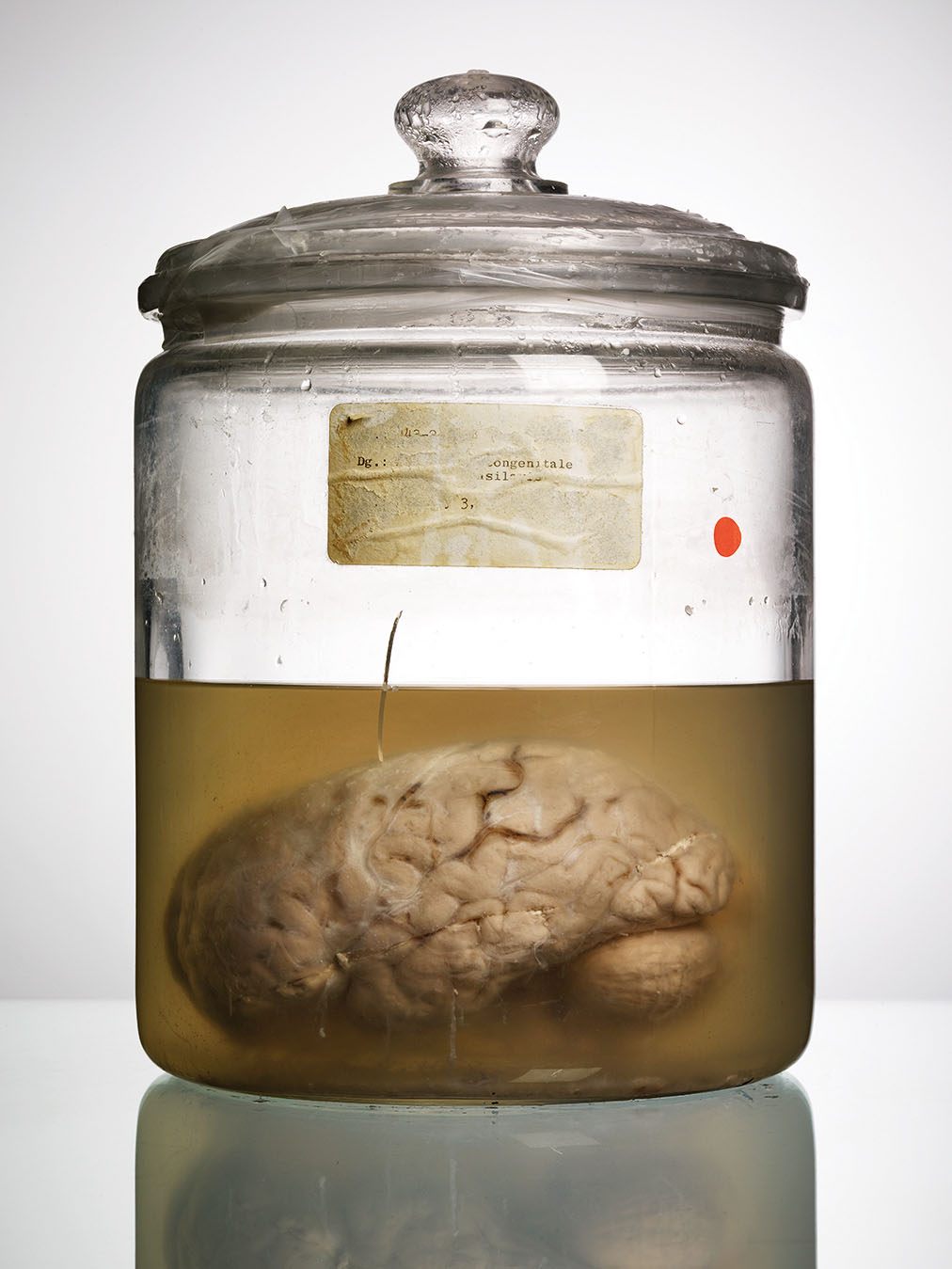
All photographs by Adam Voorhes from ‘Malformed: Forgotten Brains of the Texas State Mental Hospital’ (images courtesy powerHouse Books)
Around 200 brains from a Texas mental asylum were forgotten for over two decades in a storage closet, until a photographer decided to document these morbid remains. Malformed: Forgotten Brains of the Texas State Mental Hospital, released last month by powerHouse Books, has photographer Adam Voorhes collaborating with journalist Alex Hannaford to finally give these troubled minds a history.
The brain collection from the University of Texas State Mental Hospital — formerly the Texas State Lunatic Asylum — was a coveted anatomical prize when it left the hospital in 1985. At the University of Texas in Austin, the brains suspended in formaldehyde in their glass jars were placed on wooden shelves in an obscure closet of the Animal Resources Center, a move that was meant to be temporary. Instead, there they stayed, known only to a few, as isolated as the patients were in their lives.
Texas State Lunatic Asylum, like other American institutions in the 20th century, was meant to be an escape from the inhumane mental hospitals of the previous era. It devolved into overcrowding and experimental treatments, and its records went missing, leaving only the labels on the jars to identify the patient remains. The specimens were amassed between 1952 and 1983 by the asylum’s pathologist Dr. Coleman de Chenar under vague legality for mental health research. Their stark descriptions just give the patient number, disease, and date of death: “Down’s syndrome, 02/10/83”; ”Hydrocephalus internus, Ex: February 10, 1960.”


The abnormal brains were individually photographed by Voorhes, who came upon them in 2011 while borrowing a brain from UT for a Scientific American article. Through his camera’s capture, all the rippling details of the brains are sharply exposed, whether it’s the web of darkness signaling a hemorrhage, or a curiously unwrinkled surface. Voorhes and Hannaford also delved into university archives, attempting to find out everything they could, including what happened to brains that seemed to have gone missing. This included the vanished brain of Charles Whitman who shot and killed 14 people from the UT Tower in 1966.
Now with interest in the brains revived, UT is taking MRI scans to reveal their interiors and make them an engaging resource. Some of the brains will also be put on permanent display at the Imaging Research Center at the University of Texas campus. The Texas brains aren’t the only collection like this to fall into obscurity — the Cushing Brain Collection at Yale University similarly languished in a basement. And they mirror other fragments left almost anonymously behind by these patients, such as the numbered graves in the obscure cemeteries of these now-abandoned asylums. However, the Texas brains have the potential to be more than a gruesome secret.
As Hannaford writes in Malformed: “Despite the absence of half the specimens and the apathy met in recovery attempts, despite the neglect, missing records and lack of funding to house them properly, the collection of brains at the University of Texas, if made more accessible to interested students and scientists, could hold infinite research possibilities.”
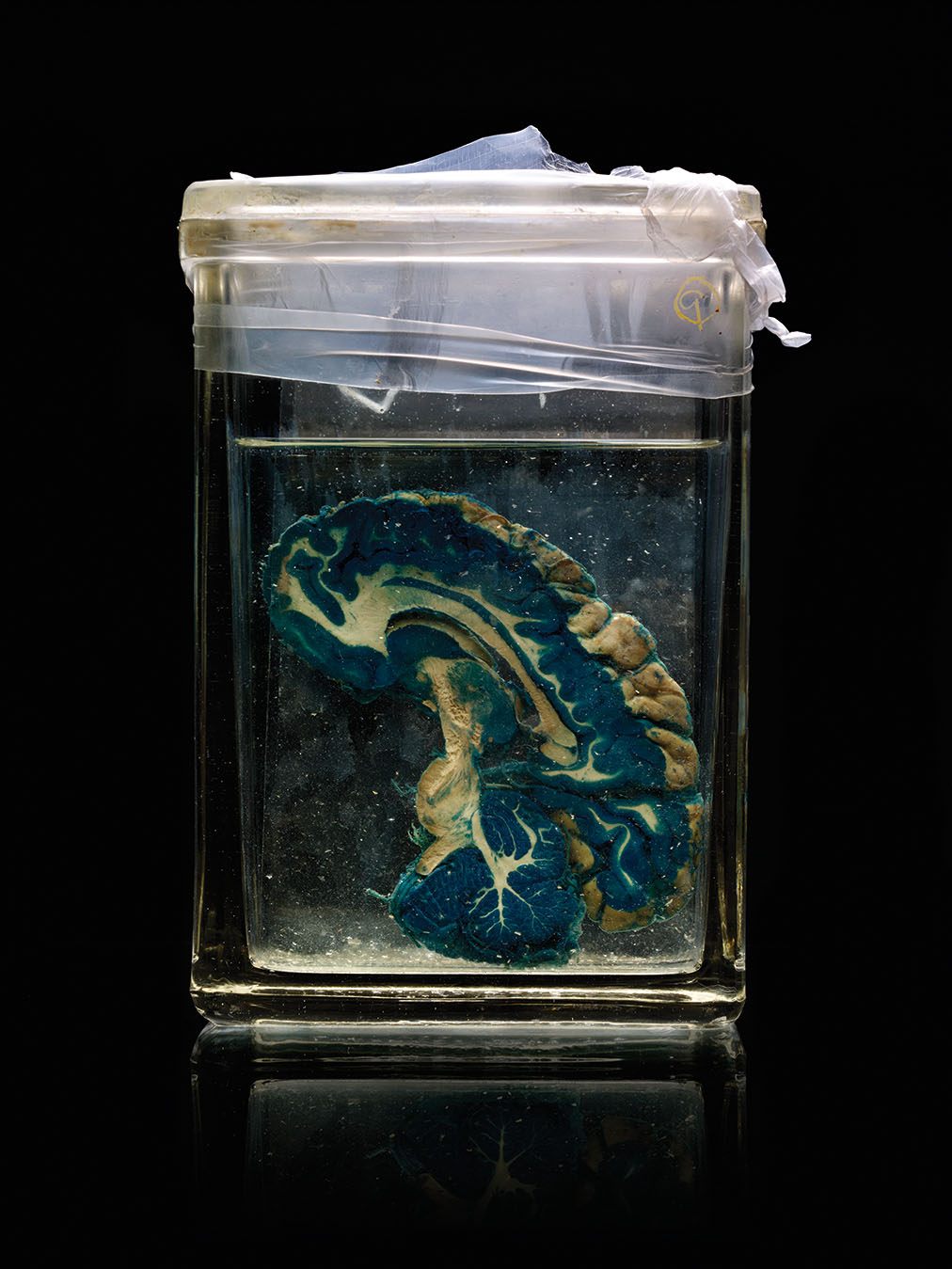
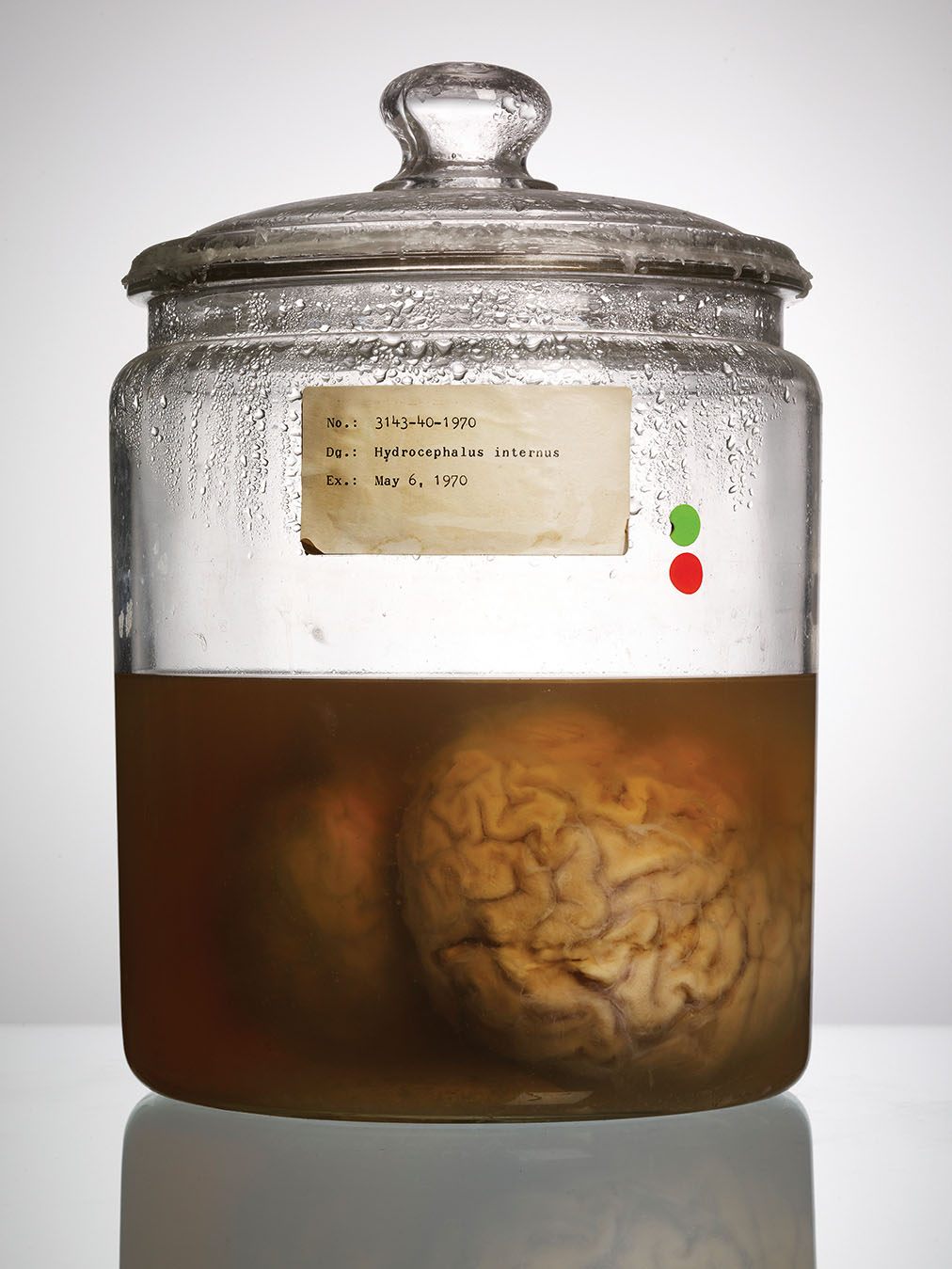
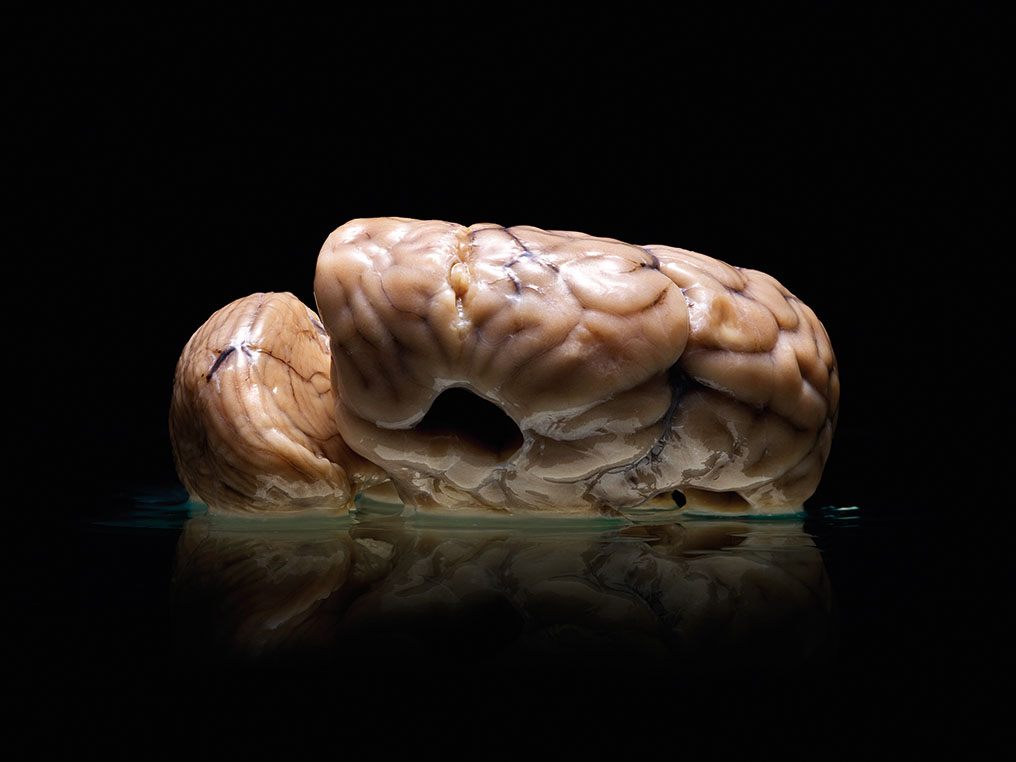
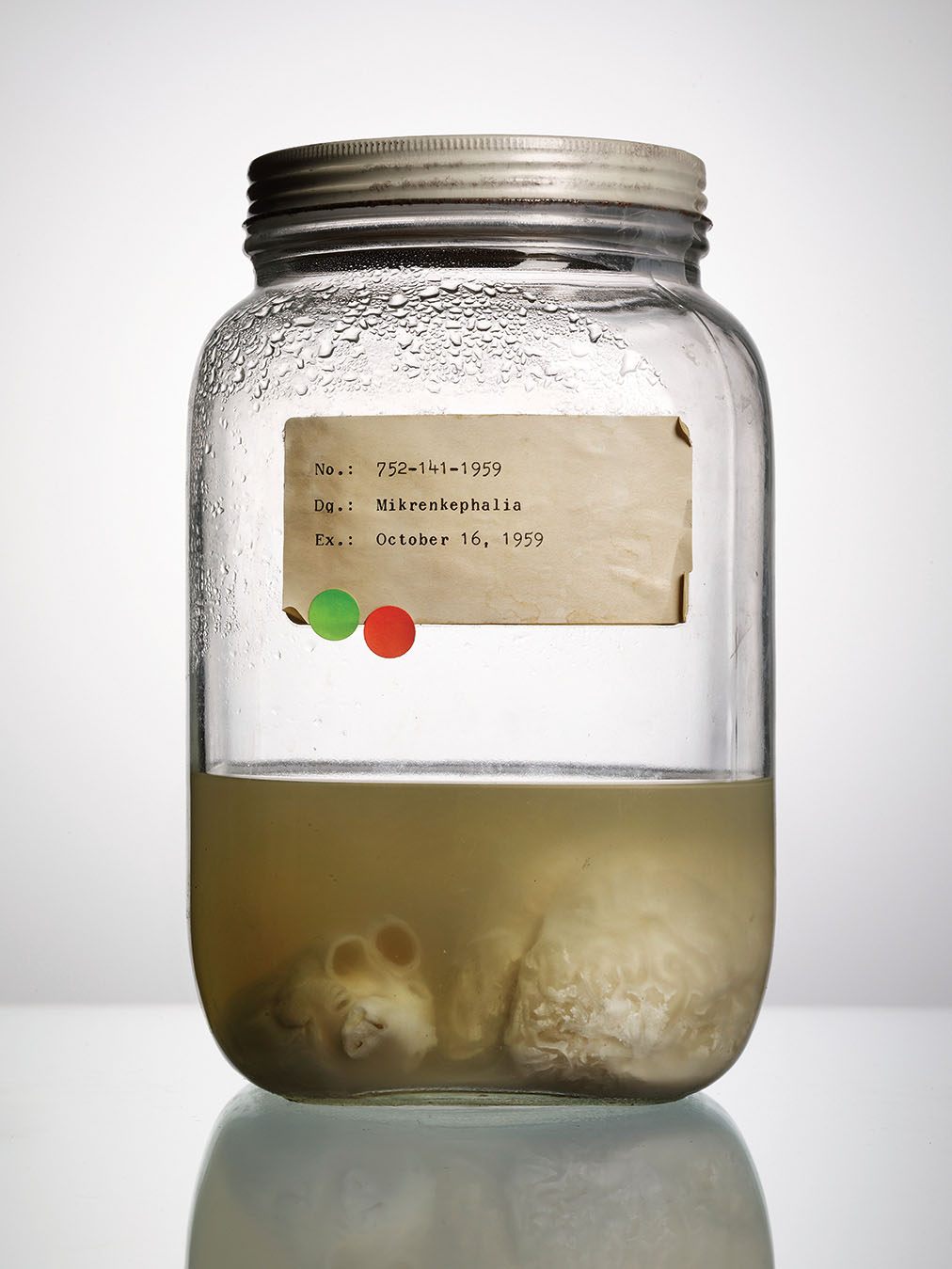
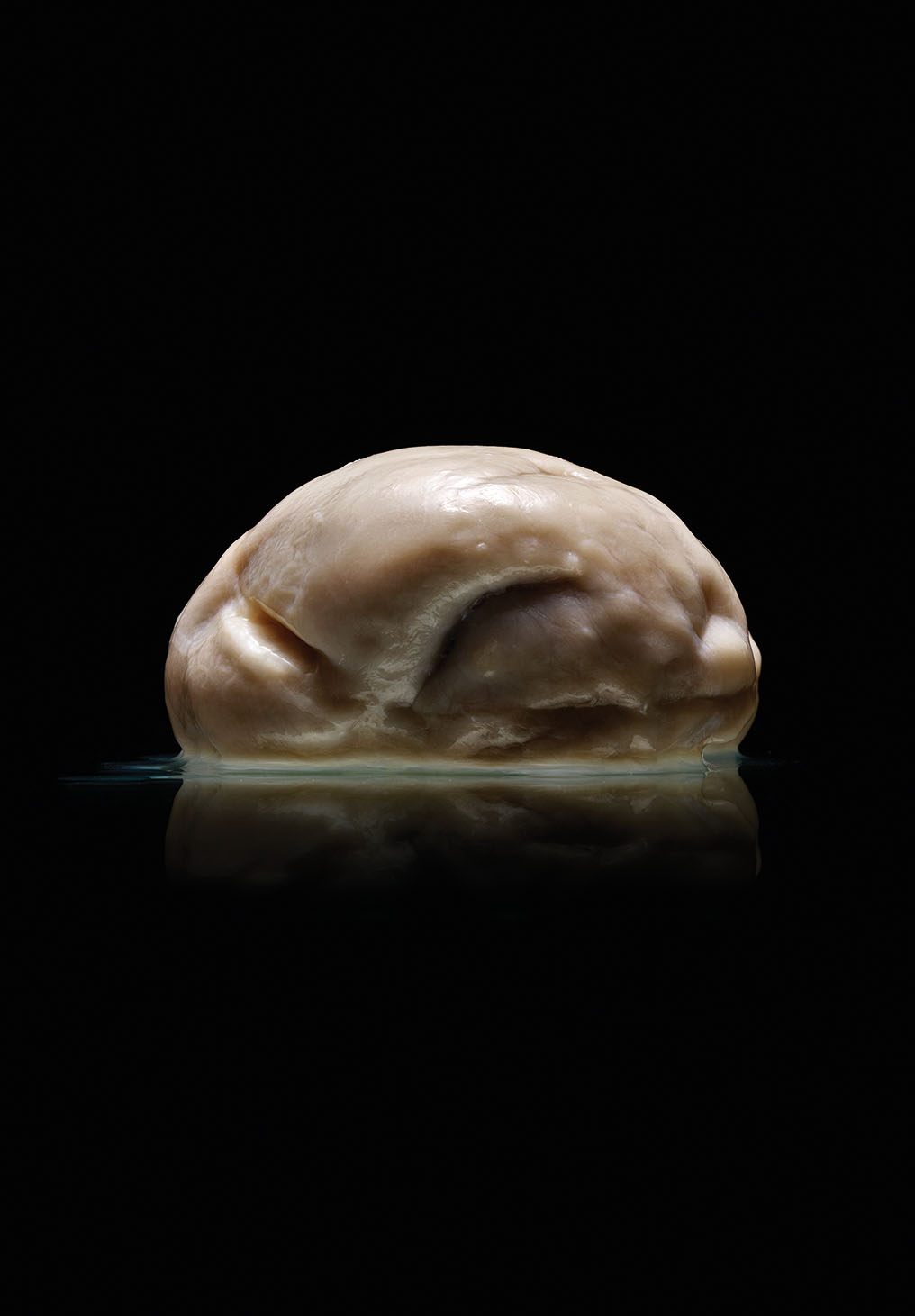
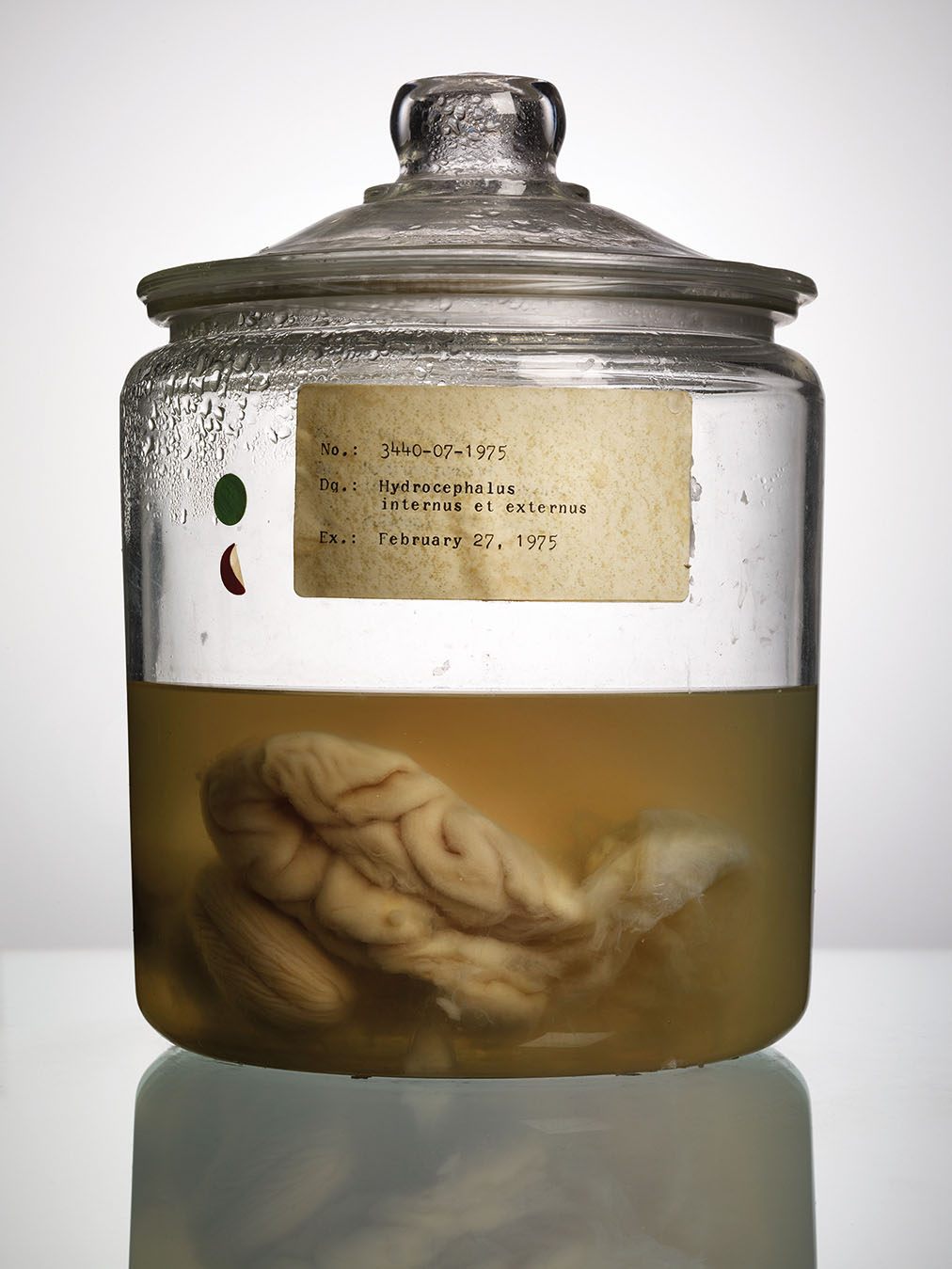
Malformed: Forgotten Brains of the Texas State Mental Hospital by Adam Voorhes and Alex Hannaford is available from powerHouse Books.






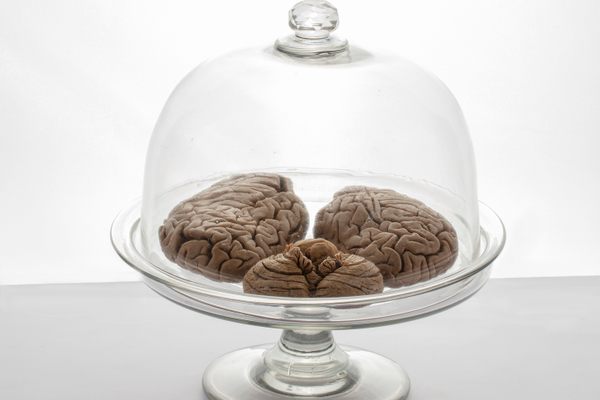








Follow us on Twitter to get the latest on the world's hidden wonders.
Like us on Facebook to get the latest on the world's hidden wonders.
Follow us on Twitter Like us on Facebook